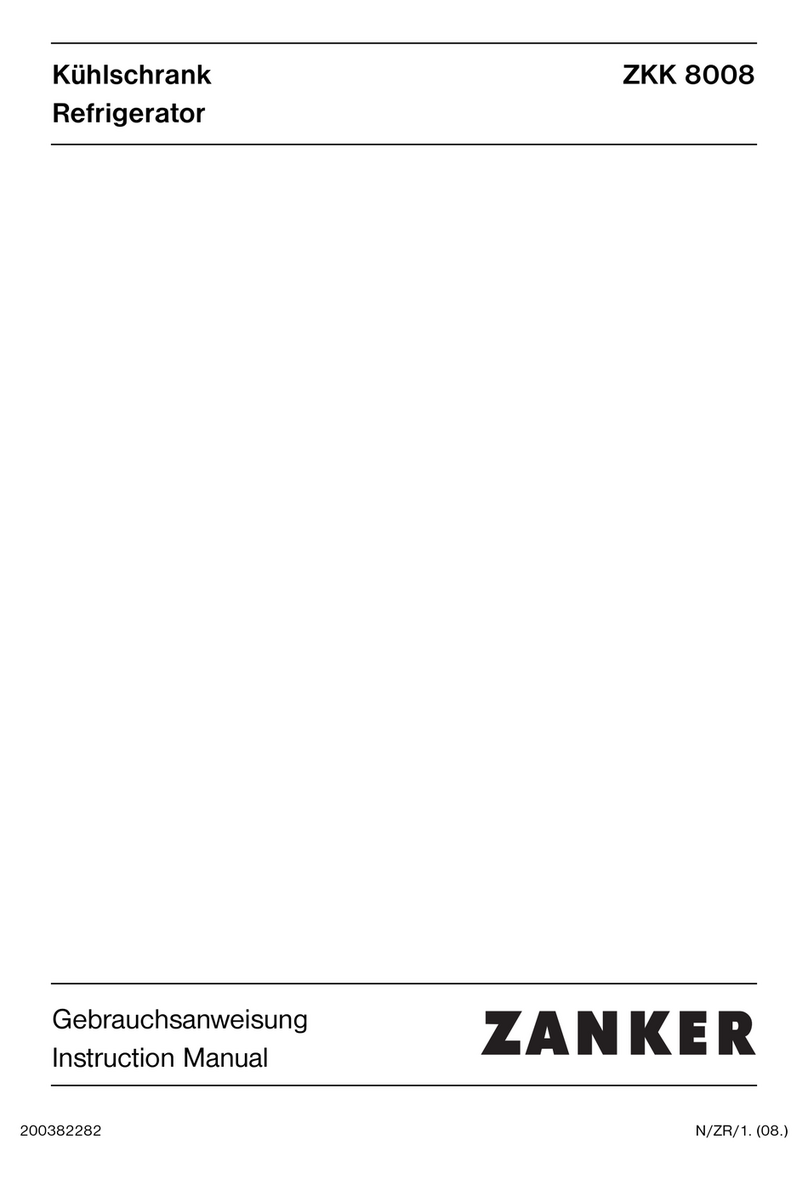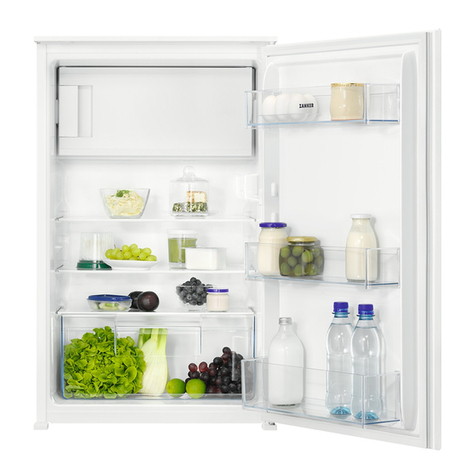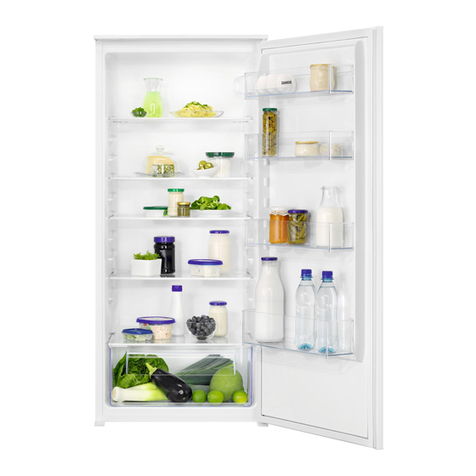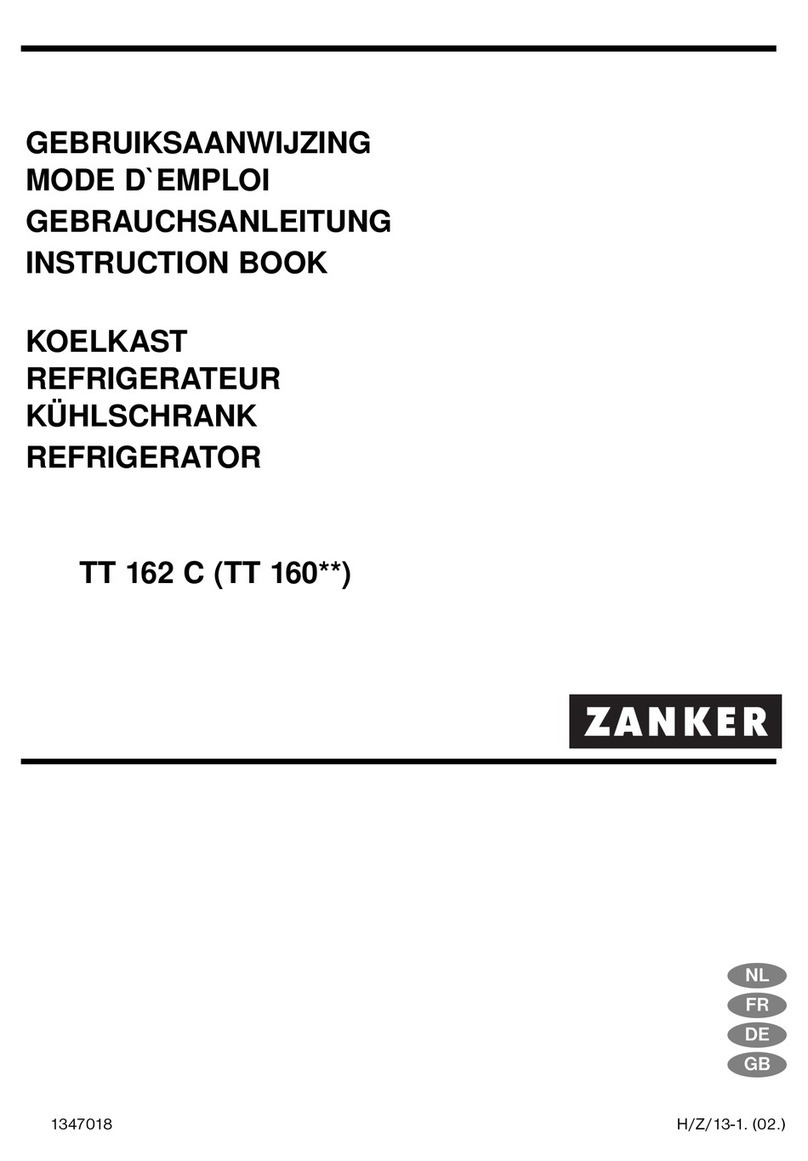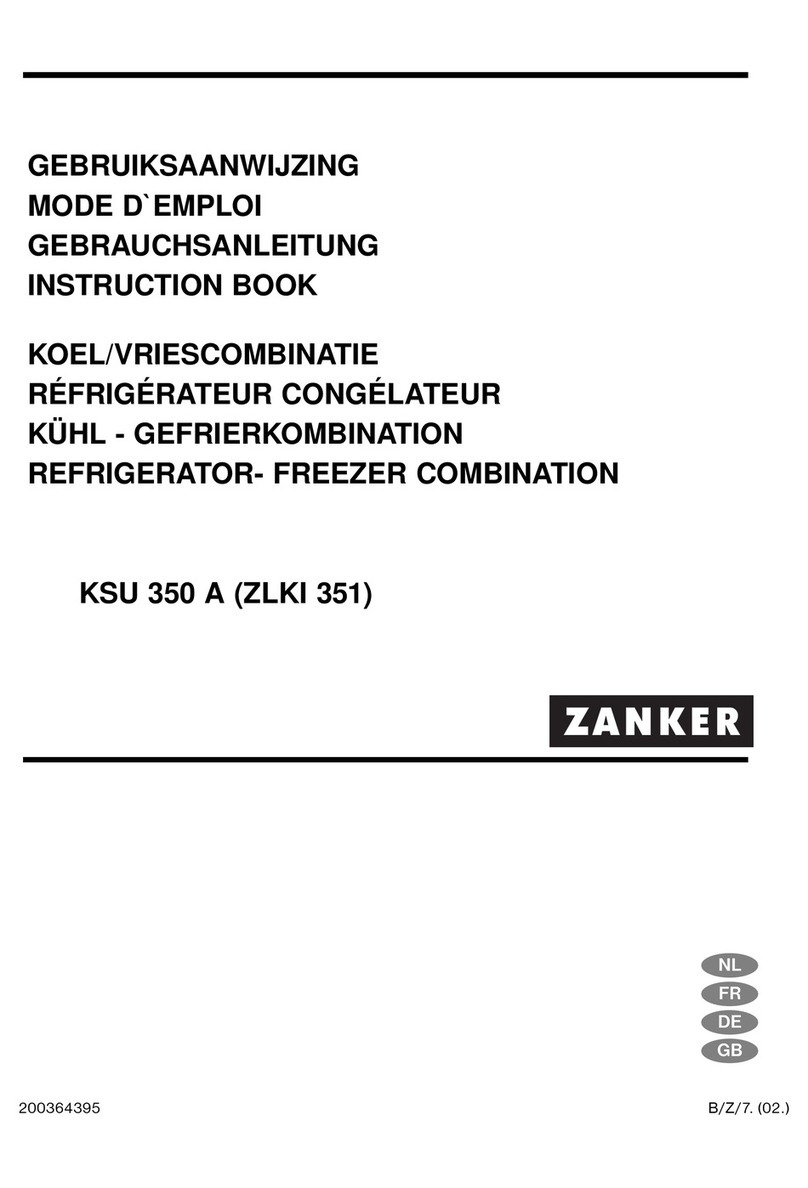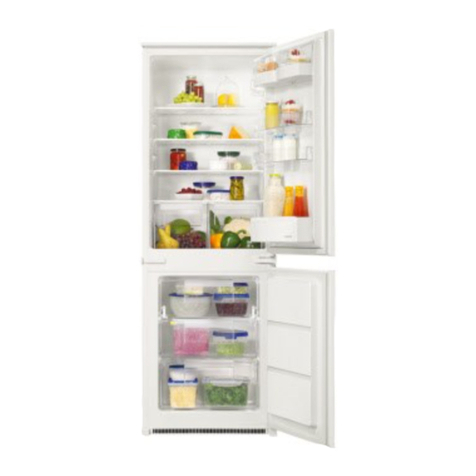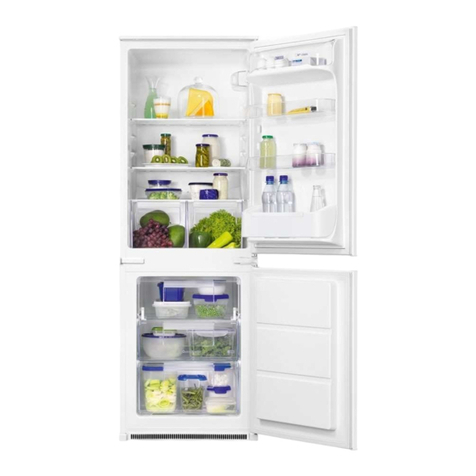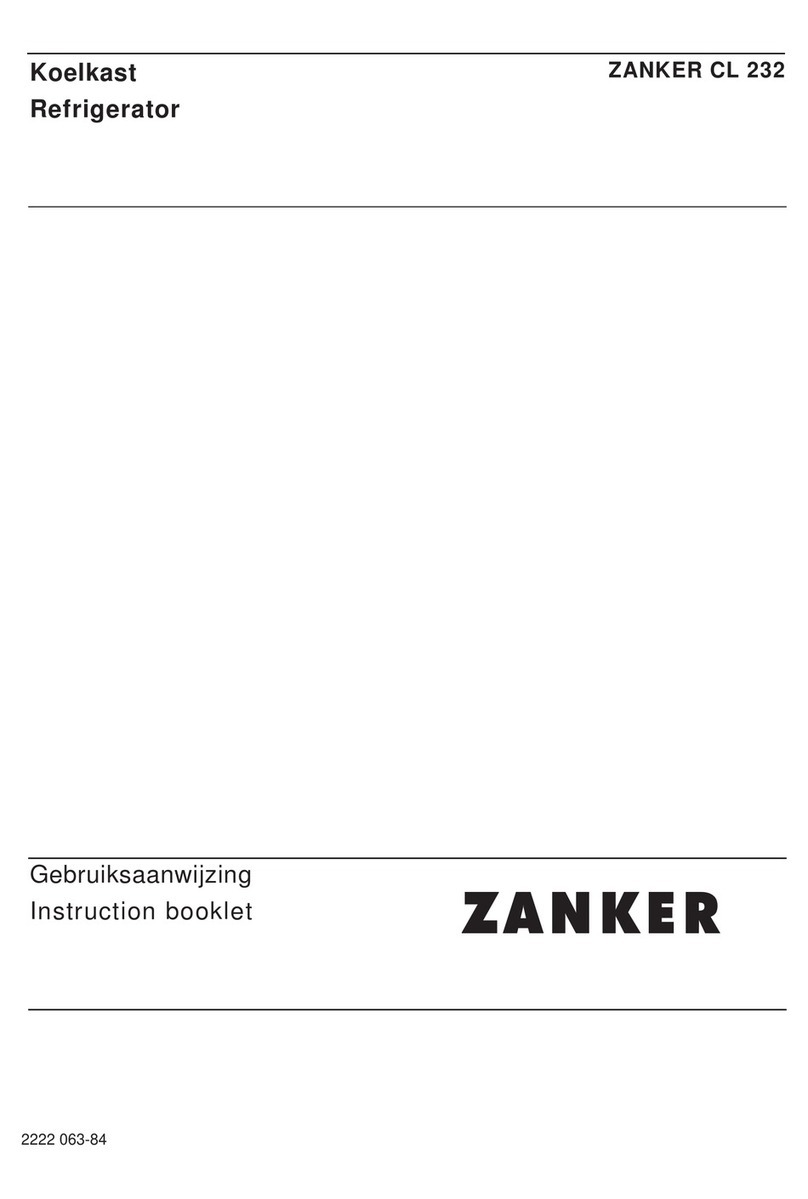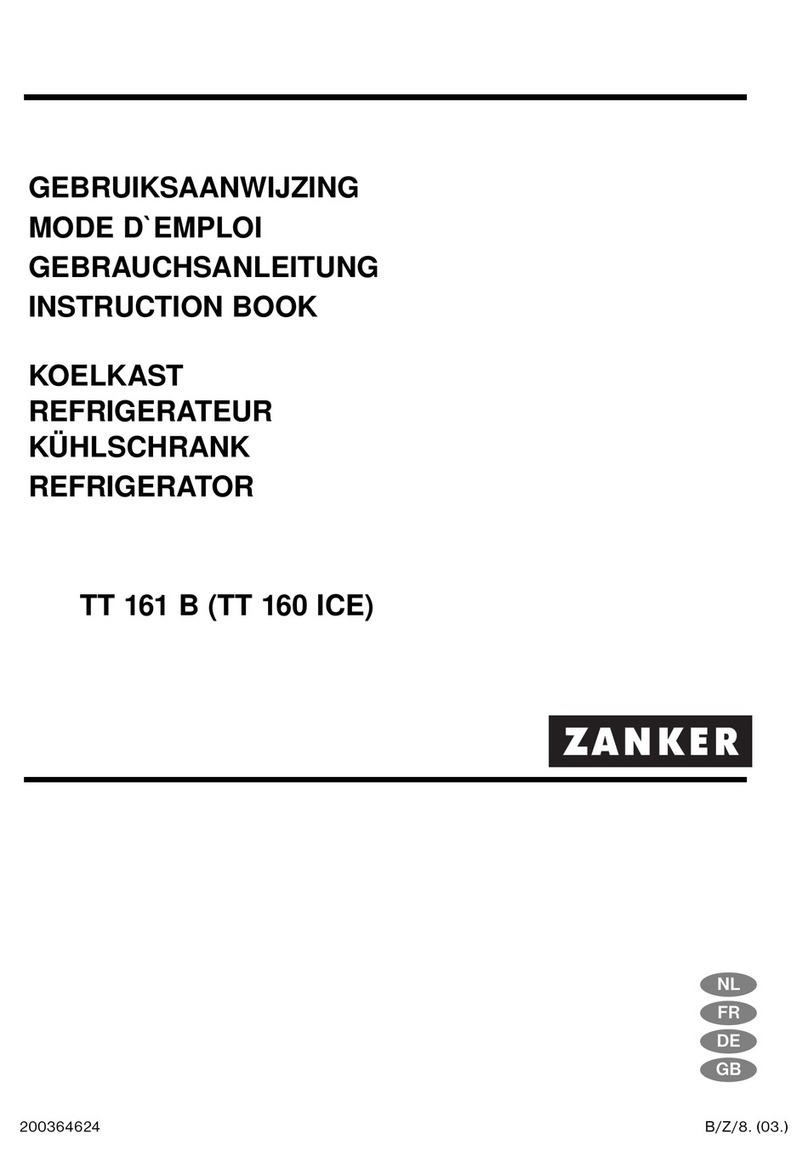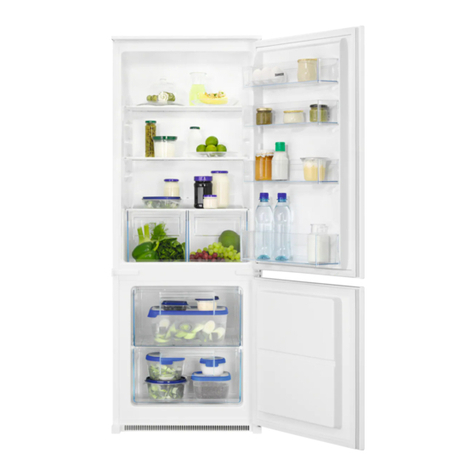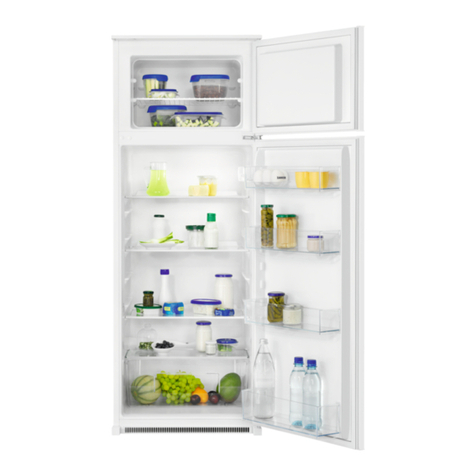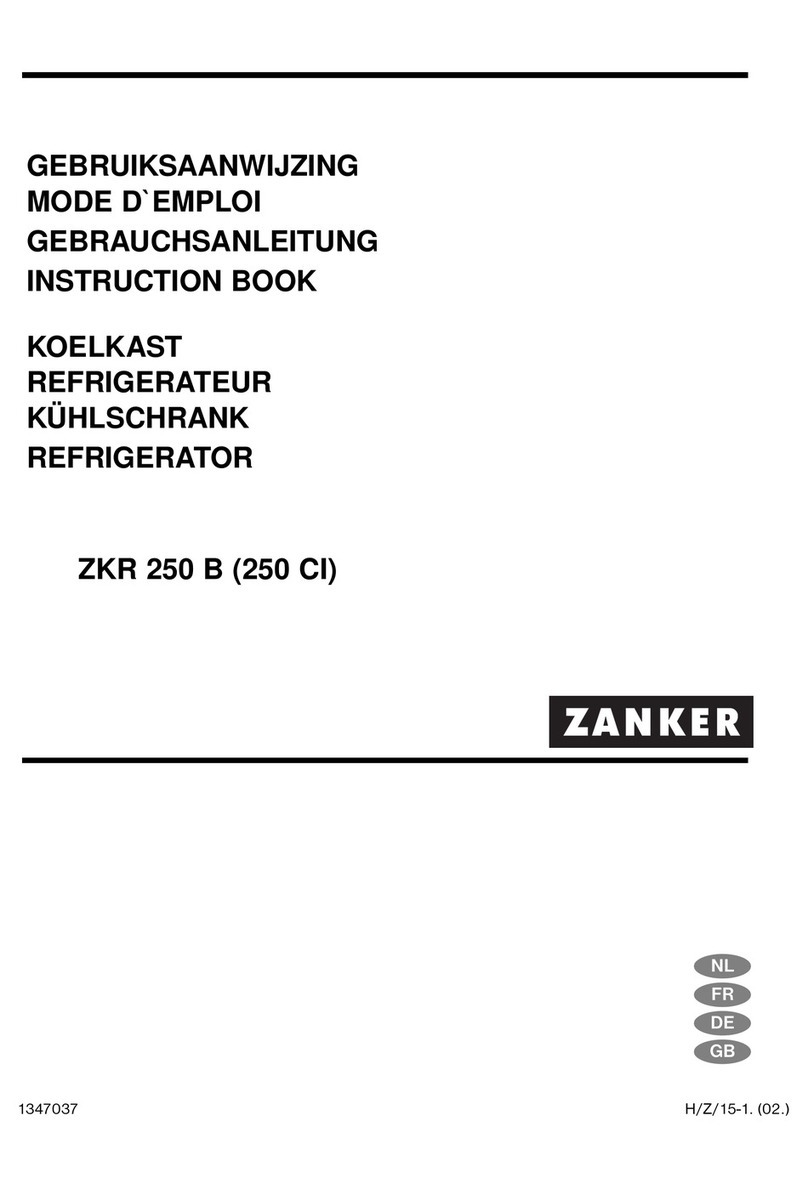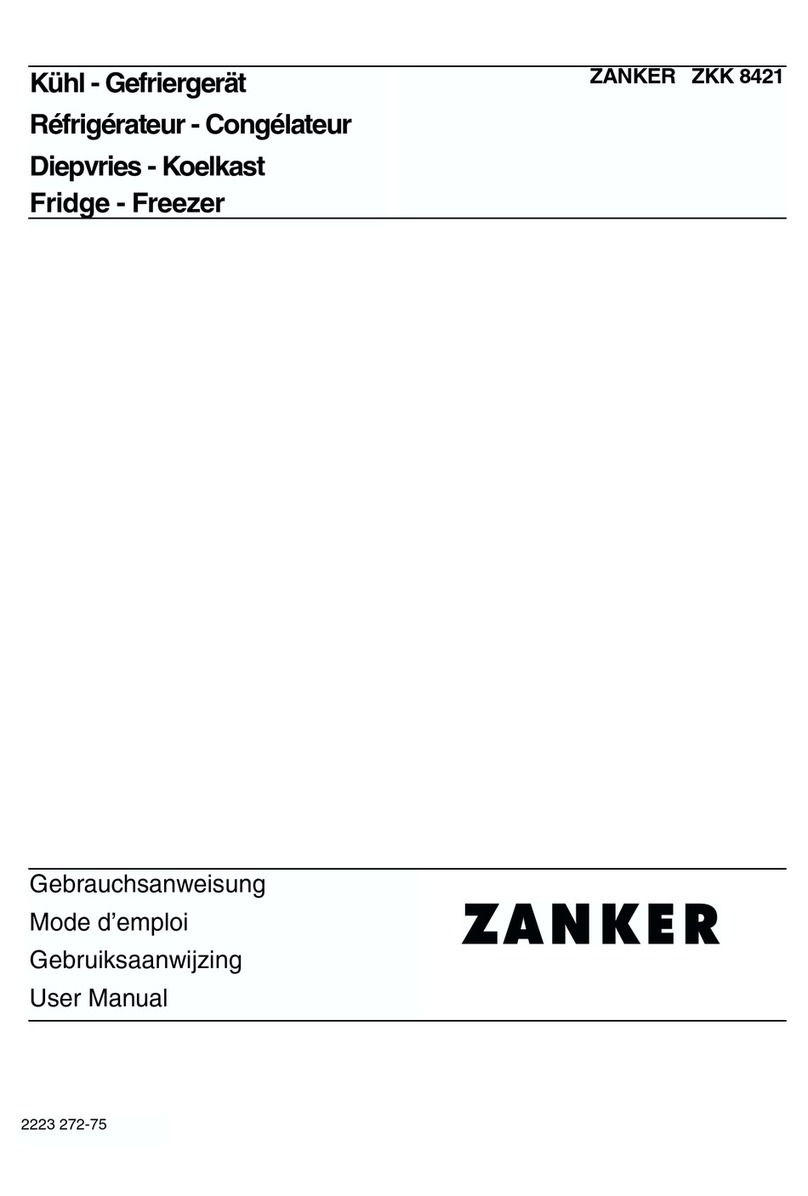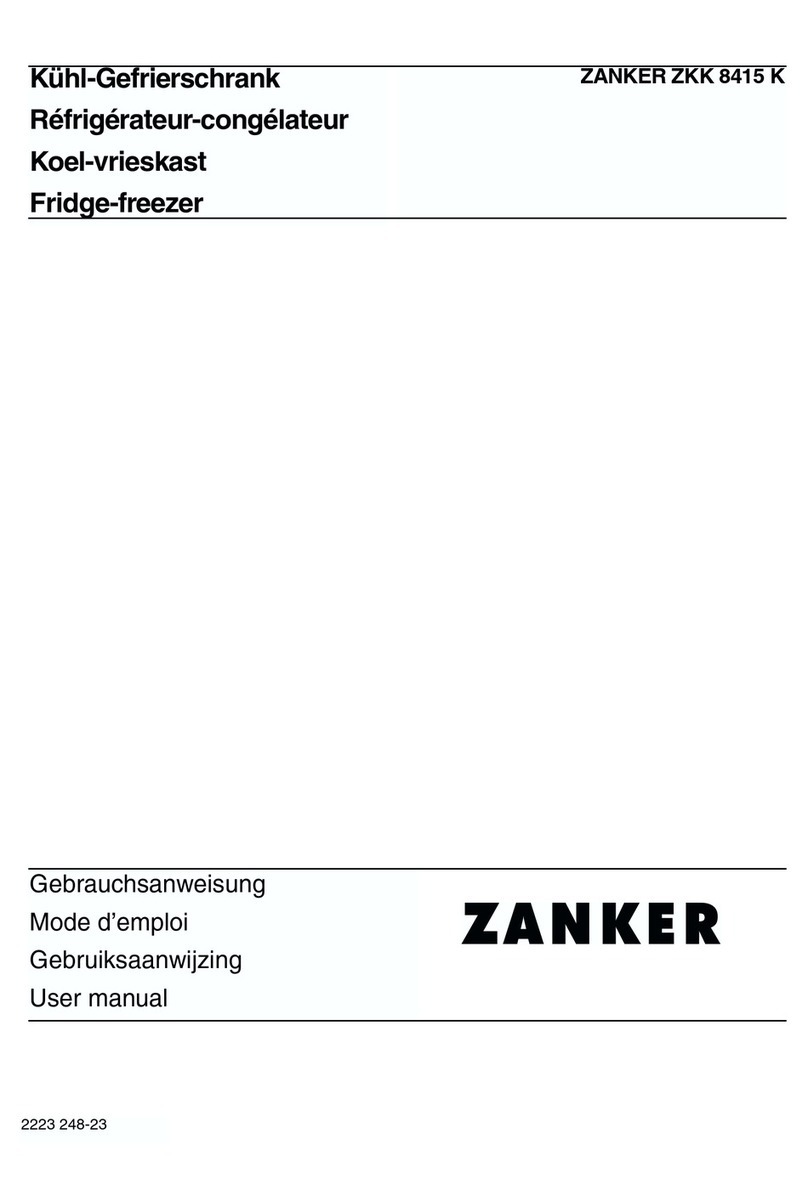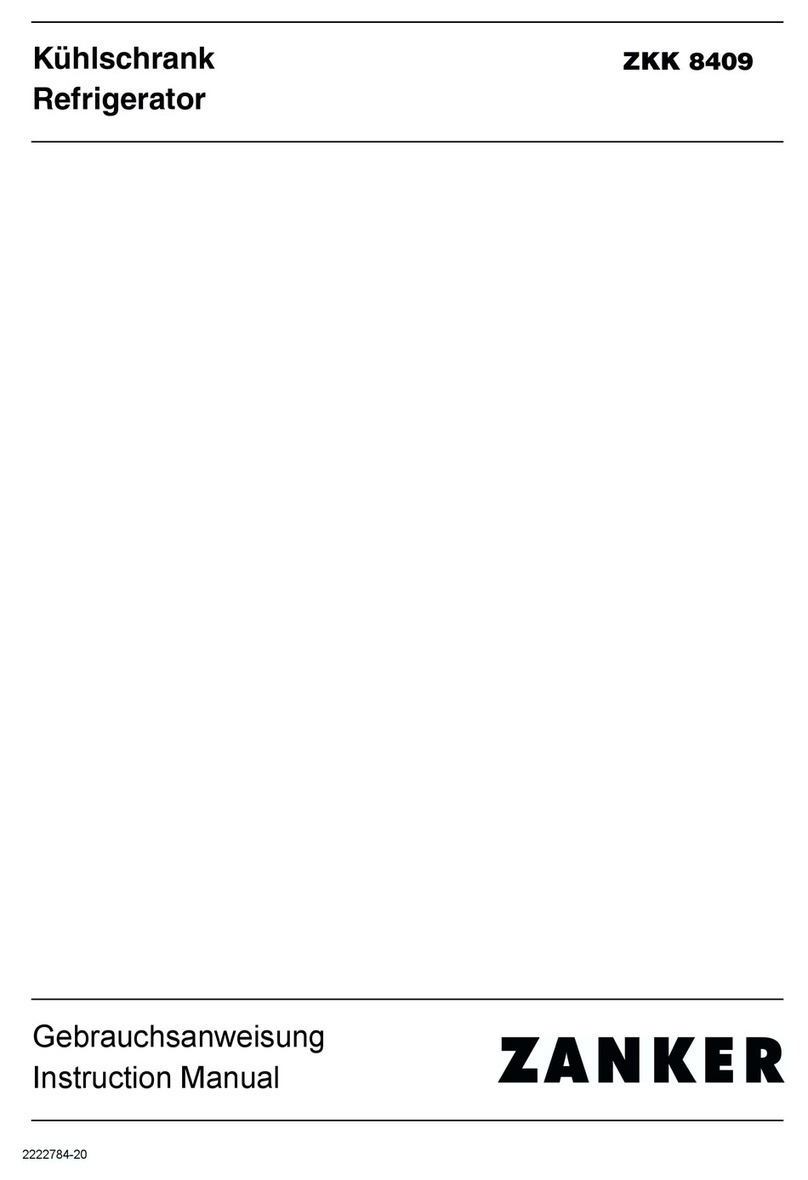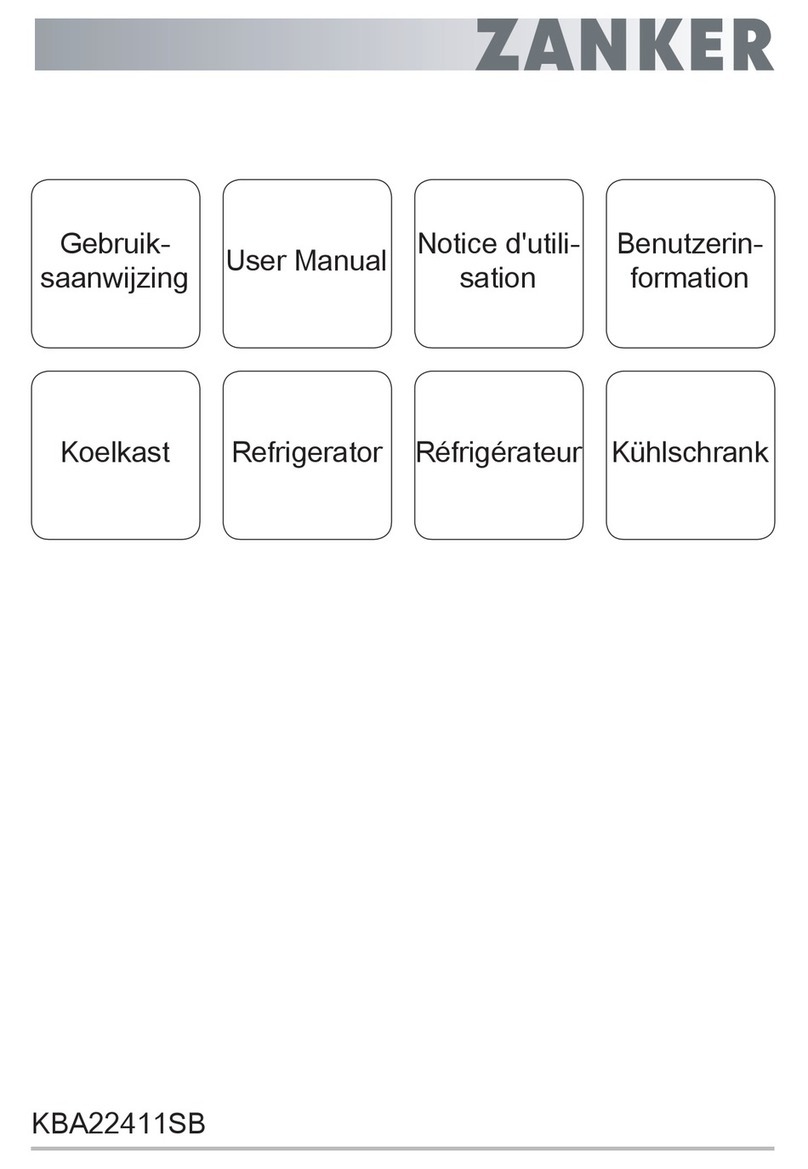
Contents
Safety instructions _ _ _ _ _ _ _ _ _ _ _ _ _ _ _ _ _ _ 10
Operation _ _ _ _ _ _ _ _ _ _ _ _ _ _ _ _ _ _ _ _ _ _ 12
First use _ _ _ _ _ _ _ _ _ _ _ _ _ _ _ _ _ _ _ _ _ _ _ 12
Daily use _ _ _ _ _ _ _ _ _ _ _ _ _ _ _ _ _ _ _ _ _ _ _ 12
Helpful hints and tips _ _ _ _ _ _ _ _ _ _ _ _ _ _ _ _ 13
Care and cleaning _ _ _ _ _ _ _ _ _ _ _ _ _ _ _ _ _ _ 14
What to do if… _ _ _ _ _ _ _ _ _ _ _ _ _ _ _ _ _ _ _ _ 15
Technical data _ _ _ _ _ _ _ _ _ _ _ _ _ _ _ _ _ _ _ _ 16
Installation _ _ _ _ _ _ _ _ _ _ _ _ _ _ _ _ _ _ _ _ _ _ 17
Environmental concerns _ _ _ _ _ _ _ _ _ _ _ _ _ _ _ 17
Subject to change without notice.
Safety instructions
In the interest of your safety and to ensure the correct
use, before installing and first using the appliance, read
this user manual carefully, including its hints and warn-
ings. To avoid unnecessary mistakes and accidents, it is
important to ensure that all people using the appliance
are thoroughly familiar with its operation and safety fea-
tures. Save these instructions and make sure that they
remain with the appliance if it is moved or sold, so that
everyone using it through its life will be properly in-
formed on appliance use and safety.
For the safety of life and property keep the precautions
of these user's instructions as the manufacturer is not
responsible for damages caused by omission.
Children and vulnerable people safety
• This appliance is not intended for use by persons (in-
cluding children) with reduced physical, sensory or
mental capabilities, or lack of experience and knowl-
edge, unless they have been given supervision or in-
struction concerning use of the appliance by a person
responsible for their safety.
Children should be supervised to ensure that they do
not play with the appliance.
• Keep all packaging well away from children. There is
risk of suffocation.
• If you are discarding the appliance pull the plug out of
the socket, cut the connection cable (as close to the
appliance as you can) and remove the door to pre-
vent playing children to suffer electric shock or to
close themselves into it.
• If this appliance featuring magnetic door seals is to
replace an older appliance having a spring lock
(latch) on the door or lid, be sure to make that spring
lock unusable before you discard the old appliance.
This will prevent it from becoming a death trap for a
child.
General safety
Warning!
Keep ventilation openings, in the appliance enclosure or
in the built-in structure, clear of obstruction.
• The appliance is intended for keeping foodstuff and/
or beverages in a normal household and similar ap-
plications such as:
– staff kitchen areas in shops, offices and other
working environments;
– farm houses and by clients in hotels, motels and
other residential type environments;
– bed and breakfast type environments;
– catering and similar non-retail applications.
• Do not use a mechanical device or any artificial
means to speed up the thawing process.
• Do not use other electrical appliances (such as ice
cream makers) inside of refrigerating appliances, un-
less they are approved for this purpose by the manu-
facturer.
• Do not damage the refrigerant circuit.
• The refrigerant isobutane (R600a) is contained within
the refrigerant circuit of the appliance, a natural gas
with a high level of environmental compatibility, which
is nevertheless flammable.
During transportation and installation of the appli-
ance, be certain that none of the components of the
refrigerant circuit become damaged.
If the refrigerant circuit should become damaged:
– avoid open flames and sources of ignition
– thoroughly ventilate the room in which the appli-
ance is situated
• It is dangerous to alter the specifications or modify
this product in any way. Any damage to the cord may
cause a short-circuit, fire and/or electric shock.
10
